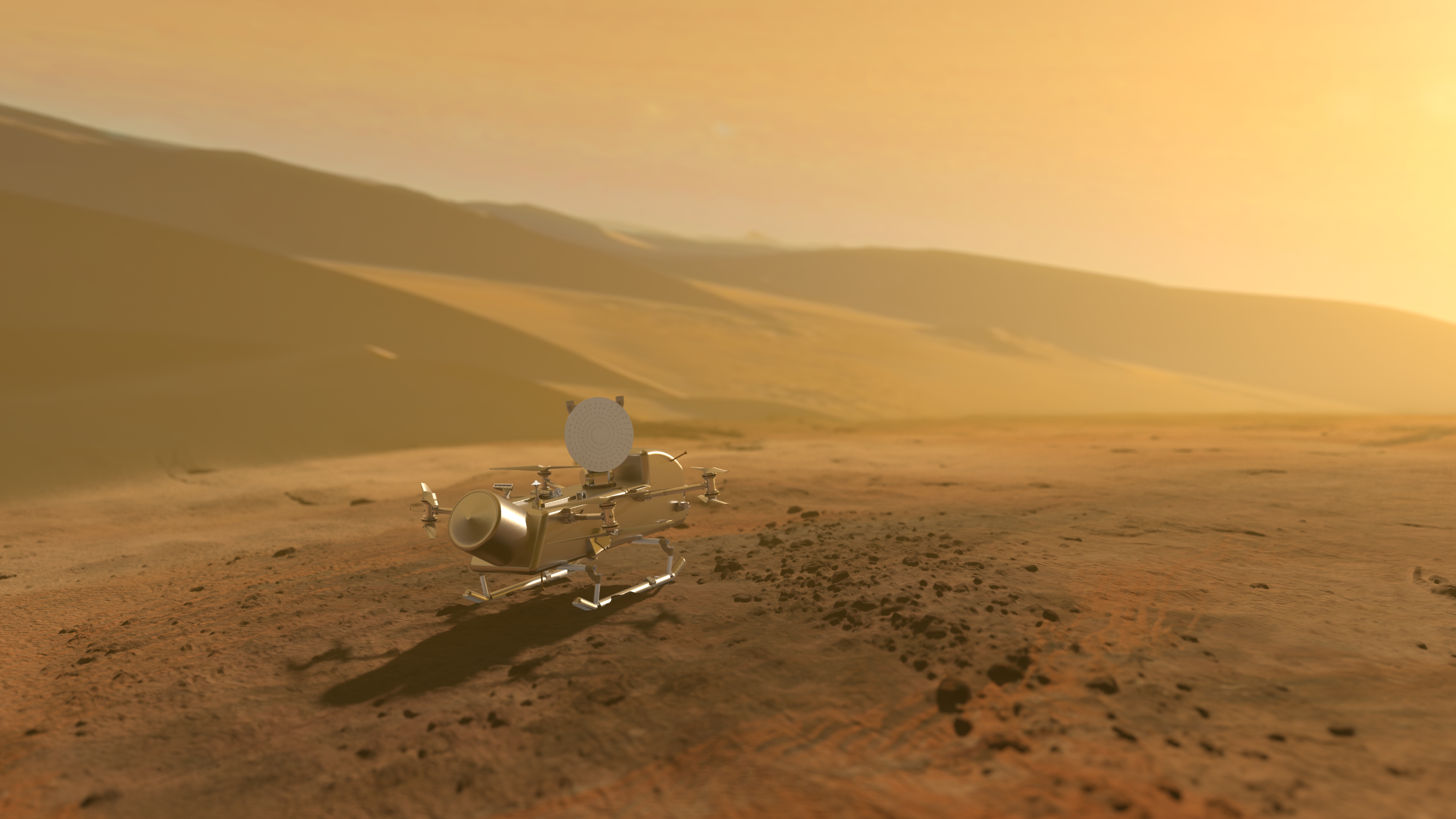3 min read
The most recent spacecraft telemetry was acquired on Nov. 22 from the Deep Space Network tracking complex at Canberra, Australia. The Cassini spacecraft is in an excellent state of health and all subsystems are operating normally. Information on the present position and speed of the Cassini spacecraft may be found on the "Present Position" page at: http://saturn.jpl.nasa.gov/mission/presentposition/.
Wednesday, Nov. 17 (DOY 321)
Cassini's Outreach resident amateur astronomer toured Winnipeg, Canada, as well as a number of indigenous communities across the province of Manitoba, offering 14 talks to more than 1,300 kids of all ages, from Nov. 5 to 13.
Files were radiated to the spacecraft today for the Magnetometer (MAG) power cycle, the Cosmic Dust Analyzer (CDA) Interstellar Dust (ISD) articulation, and the Composite Infrared Spectrometer (CIRS) Fault Protection FP1 / FP3 readout test.
Solid State Recorder (SSR) Instrument Expanded Block (IEB) loads and the Cassini Plasma Spectrometer (CAPS) instrument direct IEB load were uplinked and verified to have been loaded correctly. The two remaining Ion and Neutral Mass Spectrometer (INMS) SSR IEB loads will be uplinked on Dec. 21 after the Enceladus 13 (E13) flyby.
Thursday, Nov. 18 (DOY 322)
Judges are reading the U.S. essay contest entries for Cassini Scientist for a Day. Essay contest winners have been selected in Portugal, Australia, New Zealand, Algeria, Turkey, Peru, and Venezuela so far. The winning essay from Portugal was published in the Portuguese science magazine "Superinteressante".
The Cassini Outreach Team is receiving e-mailed questions about Saturn from students, and preparing for the live Ustream webcast of questions and answers between students and Cassini scientists which will take place on Dec. 7 at 10:00 AM Pacific Time. The Ustream event will also be archived for later viewing.
Friday, Nov. 19 (DOY 323)
The S65 background sequence was formally approved yesterday and successfully uplinked today over DSS-65 with all programs confirmed to be registered on board, and scheduled to start execution on Wednesday, Nov. 24. All Cassini instrument teams are fully recovered from the recent safing activity and are ready to support the S65 background sequence.
The Spacecraft Operations team completed a 72 hour test of the backup reaction wheel assembly #3 (RWA-3). Last week, RWAs 3 and 4 were spun in opposite directions at two different rates to assess the health of RWA-3 given recent increasing concerns with wheel 1. Test results indicated that RWA-3 is healthy for possible future use in the Solstice mission.
Saturday, Nov. 20 (DOY 324)
Two instrument real-time commands were radiated today over DSS-26 for the Magnetospheric Imaging Instrument (MIMI) high voltage test, and to support another power cycle for MAG. MAG was declared “sick” two days ago, and with the successful execution of the MAG recovery file, telemetry indicated that MAG is back to a normal state.
Monday, Nov. 22 (DOY 326)
OTM-267 was performed today. This was the apoapsis maneuver setting up for the Enceladus 12 encounter on Nov. 30. The main engine burn began at 4:30 PM PST. Telemetry immediately after the maneuver showed a burn duration of 13.1 seconds, giving a delta-V of 2.242 m/s. All subsystems reported nominal performance after the maneuver.
The Imaging Science Subsystem (ISS) performed a readout of the heap/stack memory, and successfully performed a sleep/wake cycle as part of the OTM-267 command sequence which executed today. Further analysis is underway and data is being collected to help diagnose the cause of ISS warm starts just prior to the IEB loads.
Tuesday, Nov. 23 (DOY 327)
An encounter strategy meeting was held today to cover the period between Nov. 30 and Dec. 21, Enceladus flybys E12 and E13, and maneuvers 269-271.







